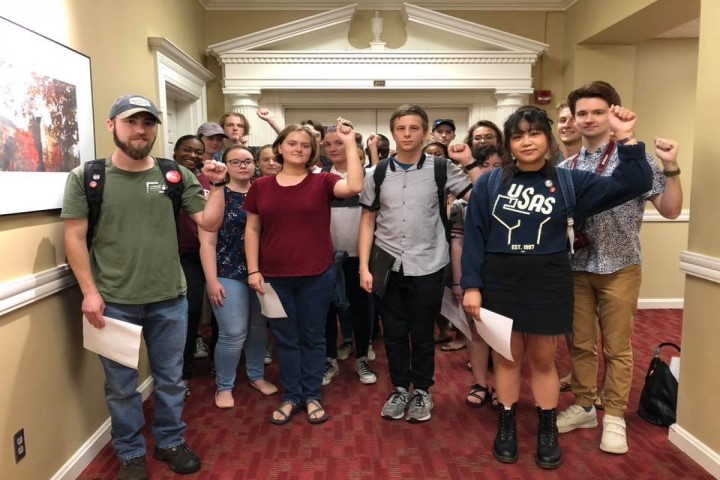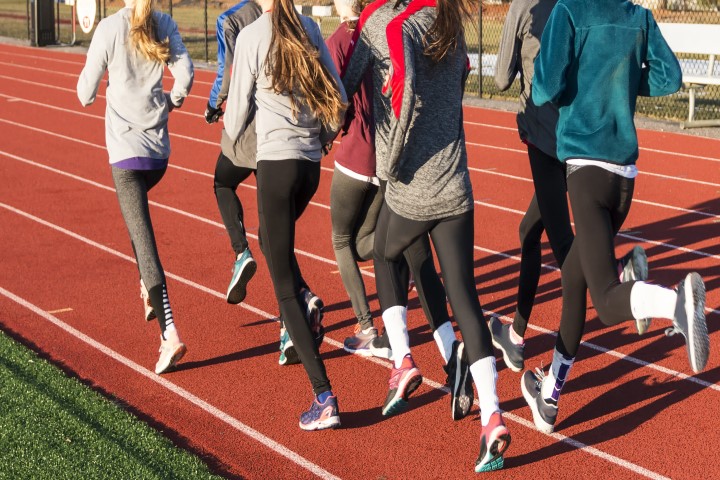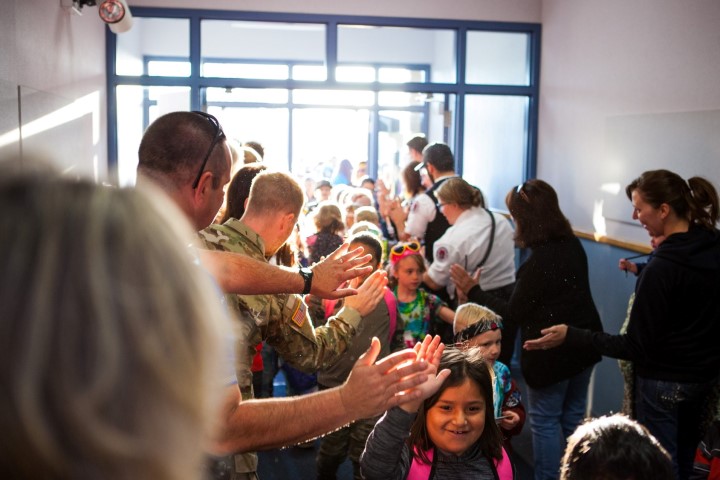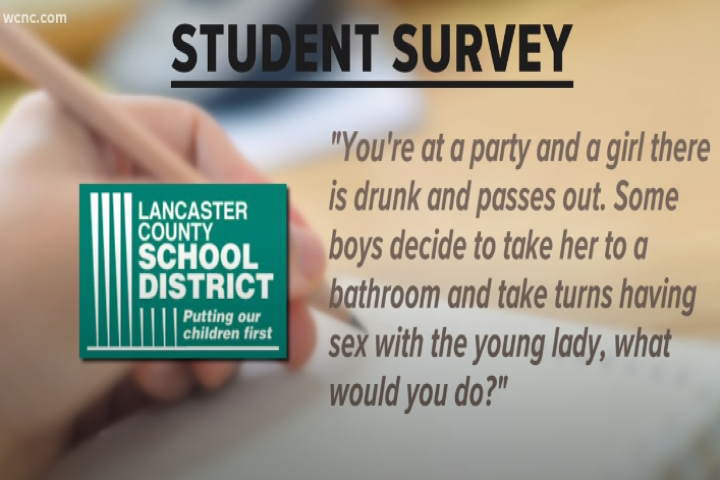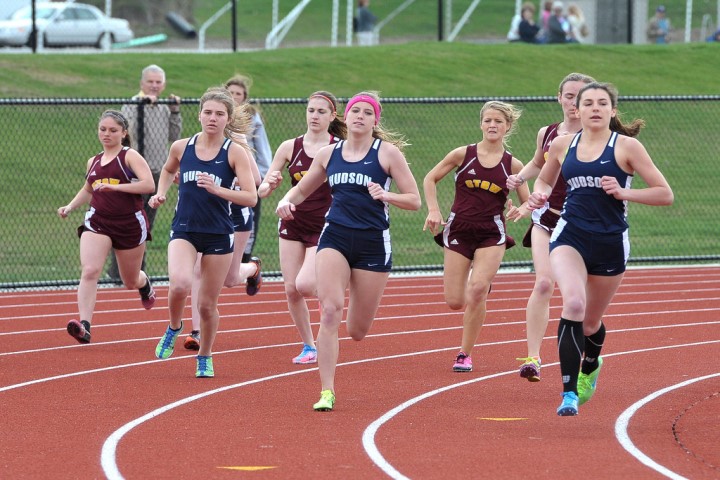When Idaho mother Amanda Reallan arrived at Hayden Meadows Elementary to pick up her kids after school one day last month, what she witnessed compelled her to take a photo and post it online.
Before long, the picture went viral, prompting near universal applause from across the internet.
The picture showed three fifth graders struggling to keep the American flag from touching the ground as they retrieved it for the day, with one of the boys literally lying on the ground to prevent it from touching, KREM reports.
“We’ve had a bunch of close calls,” according to Jack LeBreck, who laid his body on the line to protect Old Glory. “But I thought it would happen because it was kind of a windy day. So I just thought of laying down … and seeing what would happen.”
The boys, all Cub Scouts, were selected for the task by school custodian Mac McCarty, a 20-year veteran in the U.S. Air Force who taught them everything they know about flag etiquette.
“It was all because of our custodian, Mr. Mac,” LeBreck said.
“What they did yesterday was obviously all of them … laying on the ground and all that,” McCarty said. “And I’m very proud.”
The inspiring photo was shared more than 2,000 times in just the one day following the patriotic act. The students, amazed by the online reaction, said the flag duty is an honor they don’t take lightly.
“It’s really a great privilege,” said Casey Dolan, who was also in the photo with classmate Nalan Tuttle. “I feel really lucky I was chosen for it.”
Reallan told KREM she was “overwhelmed with pride” when she came across the boys last month, and she’s glad to see the positive attention it’s focused on the community.
“They did themselves proud, they did their families proud, they did their school proud, and I am very proud of them,” McCarty said.
The students’ initiative to protect the flag is a timely reminder of the nature of morality.
James Davison Hunter, founder of the Institute for Advanced Studies in Culture, wrote in “The Tragedy of Moral Education in America”:
Morality is a vision of moral good shared by a community; the attitudes, aspirations, sensibilities, and dispositions that define its highest aspiration for itself, and how those moral goods find expression in every situation in daily life.
McCarty is a prime example of how school employees, as well as educators, have the power to not only positively influence students, but also many others in the community and beyond.
The Jubilee Centre for Character and Virtues has a very interesting article, Living Within Reason, that outlines the thinking of Thomas Aquinas on cardinal virtues that lead to a good and just life.
Teachers and principals working to strengthen students’ character could ways to incorporate the pursuit of these virtues as part of the daily experience of students.

